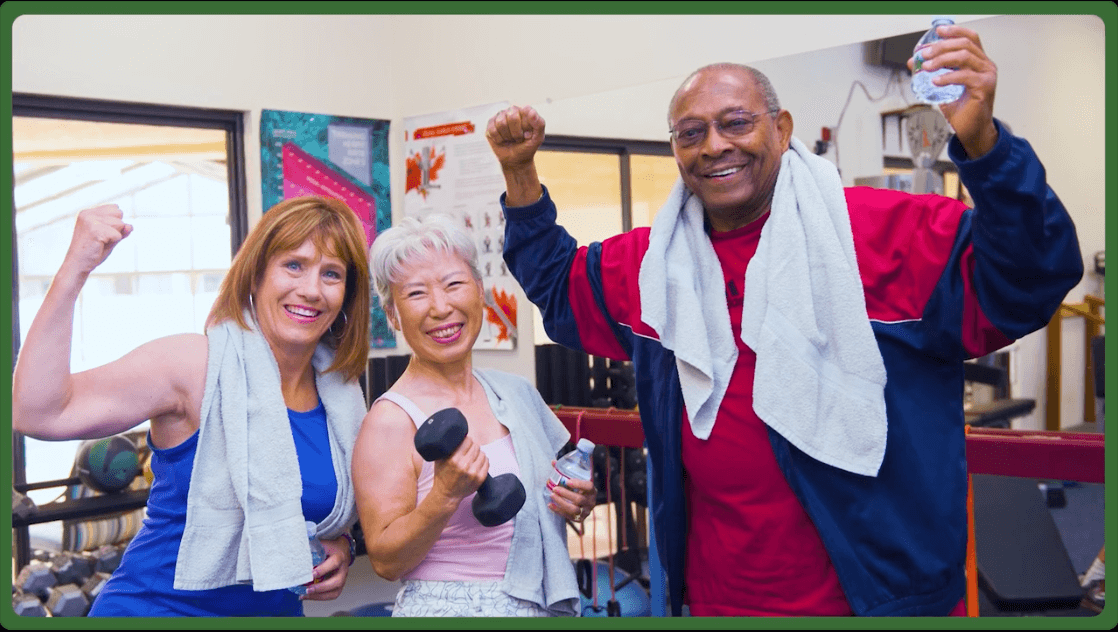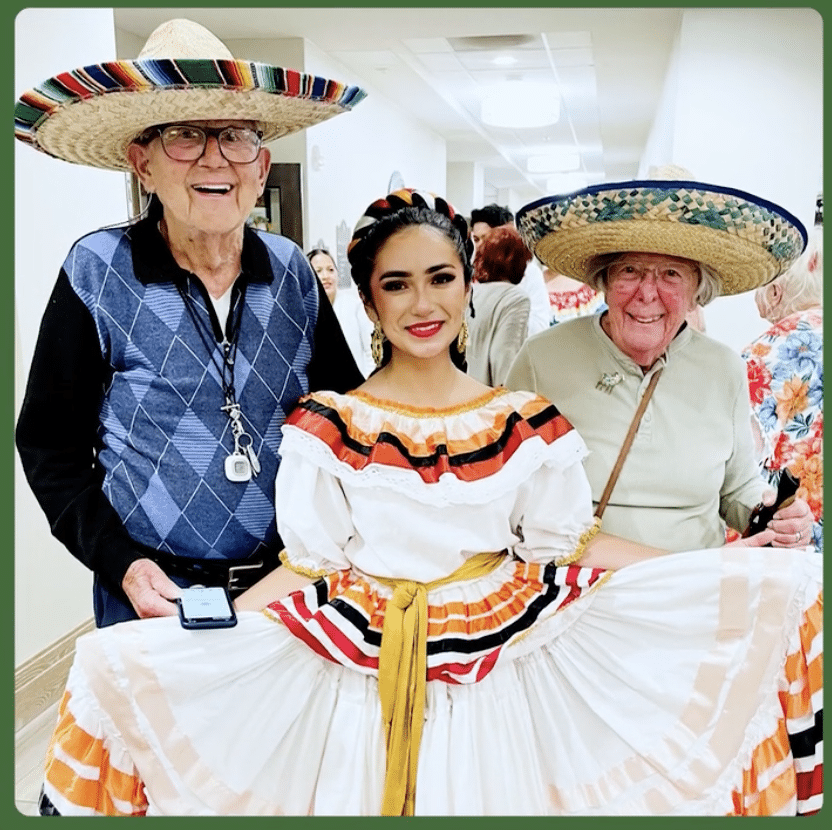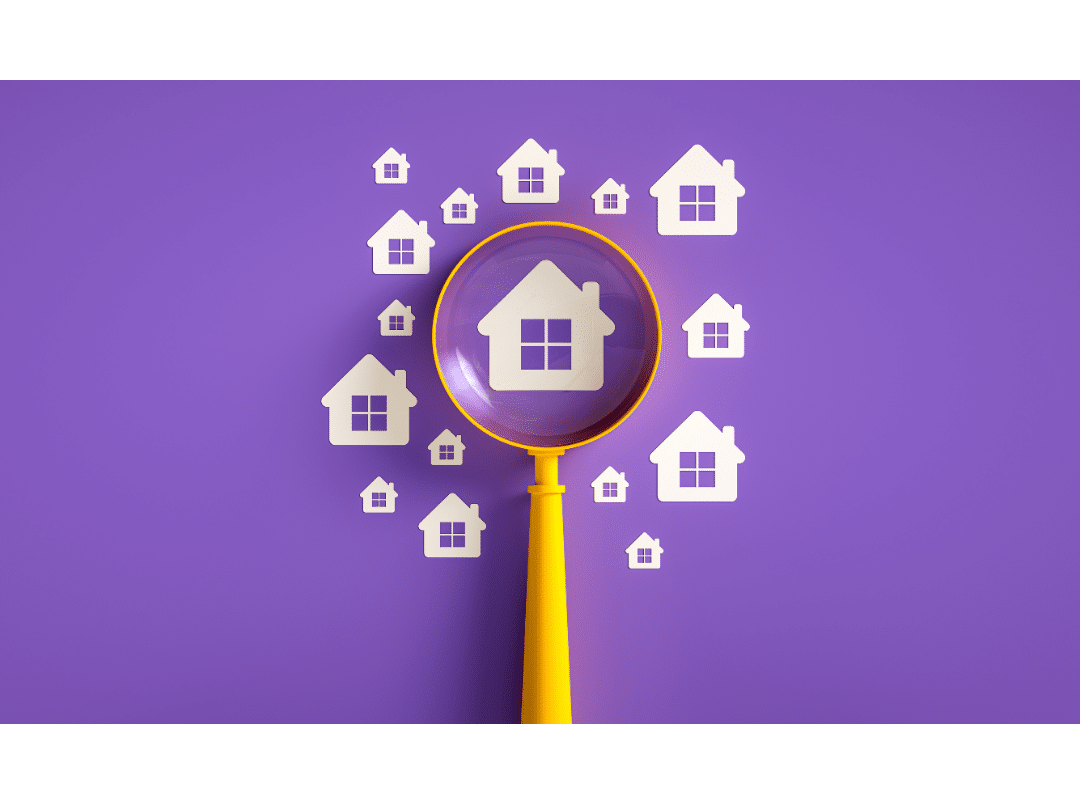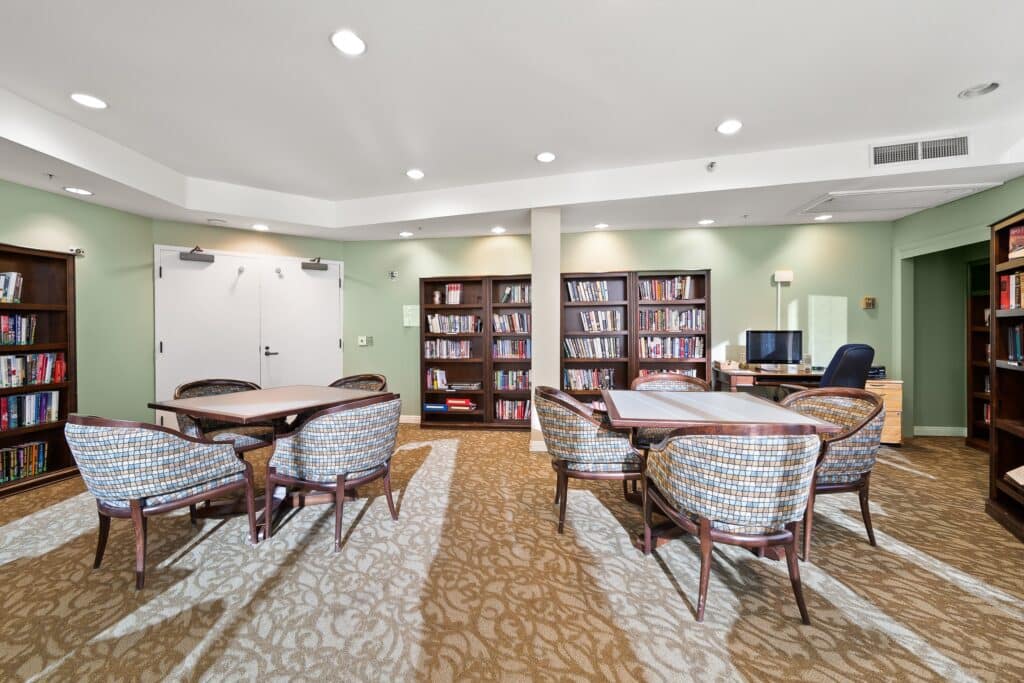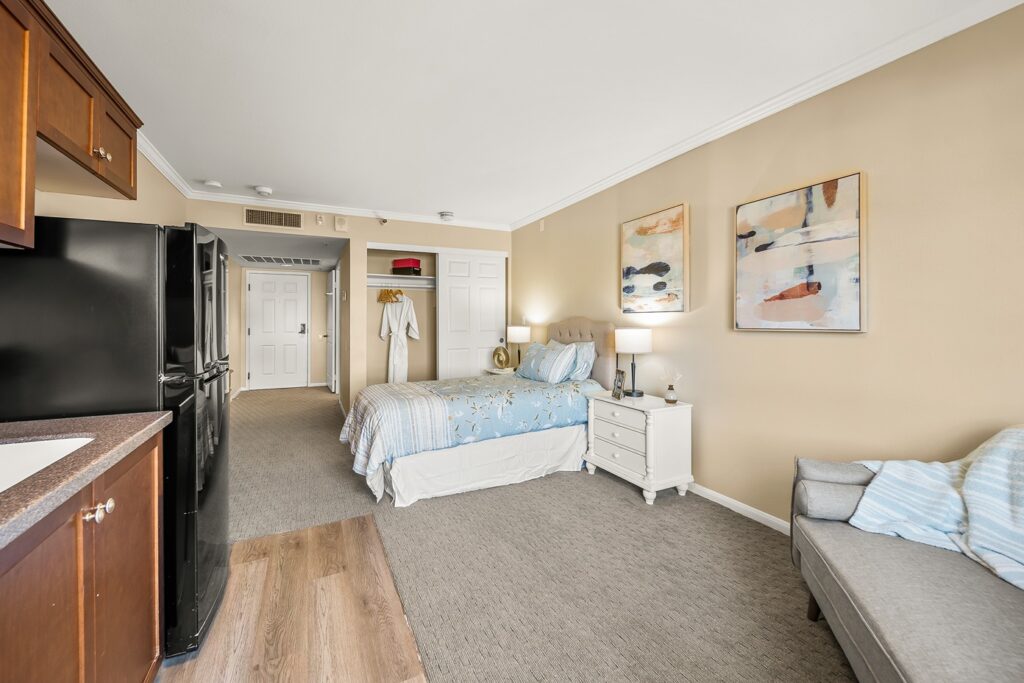Art Therapy in Memory Care: Unlocking Creativity and Memories
Art Therapy in Memory Care: Embracing Creative Healing
Art therapy in memory care is more than just painting; it’s a powerful tool that opens emotional doors and rekindles memories. At Westmont of Escondido, art therapy in memory care helps individuals reconnect with themselves and others, even when memory loss makes communication difficult. Within these creative spaces, residents rediscover the joy of expression, whether it’s through colors, textures, or movement. Emotional healing begins to unfold as individuals channel their feelings into visual form.
This therapeutic process also creates opportunities for connection with memories, family, and community. Professional art therapists tailor each session to meet unique needs, ensuring accessibility and engagement. These moments become more than just art; they become shared experiences, expressions of identity, and windows into the past.
The Benefits of Art Therapy for Dementia
When someone is experiencing memory decline, words may no longer suffice. That’s where art therapy for dementia ideas come into play. These sessions create a bridge for communication through imagery and design. Residents at Westmont engage in drawing, painting, and sculpting as ways to express their inner world. Each stroke becomes a form of storytelling, allowing individuals to explore their emotions with clarity and confidence. The benefits of art therapy for dementia are rooted in emotional well-being.
After each session, participants often feel more centered, less anxious, and more capable. These emotional shifts build over time, enhancing mental health and cognitive stimulation. The act of creating something beautiful becomes a reminder of capability and purpose. Families witnessing these sessions often see sides of their loved ones they feared were lost, as creativity revives connections. This process is deeply therapeutic, even joyous.
Exploring Art and Dementia Together
The link between art and dementia is powerful and rooted in sensory stimulation. Engaging the senses through color, motion, and texture helps spark memories that might otherwise remain dormant. Professional art therapists guide residents through personalized sessions that adapt to their cognitive needs. Whether it’s shaping clay or selecting colors for a watercolor piece, the goal is to create moments of engagement and self-recognition.
Art becomes a tool for building identity, especially when verbal language becomes challenging. Through consistent practice, individuals begin to show increased awareness and responsiveness. It’s not about the technical quality of the work but about the emotional and psychological responses it evokes. These moments affirm dignity and capability, offering validation through creative success. Art becomes a bright and reassuring presence for those navigating the shadows of memory loss.
Easy Painting Ideas for Dementia Patients
Crafting sessions don’t need to be complex to be meaningful. Easy painting ideas for dementia patients are designed to simplify choices while providing freedom for personal expression. Westmont’s sessions include guided painting activities like nature scenes, abstract swirls, or familiar household objects. These activities reduce cognitive load and help residents focus on the joy of creating. Even those who haven’t picked up a brush in decades find delight in the simplicity of these projects.
Therapists emphasize encouragement and validation throughout the process, reinforcing each resident’s self-worth. The painting becomes a moment of stillness, of joy, and often, a window into personal memories. It’s not unusual for a specific color or shape to trigger a story or memory long forgotten. The goal is not perfection but presence—being here, now, and expressing oneself freely.

How Art Therapy Courses Empower Memory Care
Professional guidance is at the heart of Westmont’s memory care programming. Art therapy for dementia courses are led by certified therapists who understand both the emotional and neurological layers of dementia. These courses go beyond one-off art sessions; they are structured programs that evolve with each resident’s needs. Techniques are drawn from psychological frameworks and are adapted to accommodate varying stages of cognitive decline. Through these structured sessions, therapists introduce materials that are safe, accessible, and stimulating. Residents learn at their own pace, often gaining confidence with each creation.
These courses also open the door to group engagement, which supports socialization and reduces isolation. Group sessions offer shared joy and mutual support, reinforcing the value of community. With each session, participants aren’t just engaging in art; they’re reclaiming a part of themselves.
Creating Meaningful Family Connections Through Art
One of the most moving aspects of art therapy is how it invites families into the healing process. When loved ones participate, the impact of art therapy in memory care becomes even more profound. Creating art together builds emotional bridges and opens the door to shared reflection. It becomes a time to communicate beyond words, using brushes, textures, and colors. These joint sessions often lead to unexpected conversations and laughter, deepening emotional bonds.
Family members gain insight into their loved one’s inner world, sometimes seeing flickers of personality that hadn’t surfaced in a long time. These moments are precious and build lasting memories. They also remind both parties that the connection is still possible and meaningful. For caregivers, this time provides emotional relief and an opportunity to shift from a caregiving role to simply being present as family.
Building Community Through Artistic Expression
Art therapy enriches individual lives and builds stronger communities within memory care environments. At Westmont, art exhibits celebrate resident creations, inviting families and friends to appreciate the beauty born from each session. These public showcases highlight the transformative power of art and dementia as residents share their talents proudly. Each piece becomes a testament to their journey, inviting recognition and admiration.
These exhibits spark conversations and foster inclusion, bridging the gap between residents and the wider community. Visitors leave with a deeper understanding of the richness still present in those living with dementia. These shared experiences nurture a culture of empathy and respect, turning memory care into a place of creative possibility. Art becomes a common language, connecting hearts in unexpected ways.
Art therapy continues to shine as one of memory care’s most uplifting forms of support. It helps individuals reconnect with themselves, strengthens bonds with loved ones, and brings community into the experience. Through programs at Westmont of Escondido, residents are not just receiving care—they’re rediscovering joy, identity, and connection. Contact us today at 760-737-5110 to explore how you or your loved one can benefit from creative memory care programs.
Frequently Asked Questions
How does art therapy help dementia patients?
Art therapy provides dementia patients with a way to express themselves when words may be challenging to find. Creating art can reduce stress, improve mood, and stimulate cognitive function. It encourages social interaction and emotional connection, helping patients feel more engaged and valued. This creative outlet can also reduce agitation and promote a sense of accomplishment.
What is the art program for dementia patients?
An art program for dementia patients typically involves guided activities like painting, drawing, or sculpting, adapted to the individual’s abilities. These programs are designed to be relaxing and non-judgmental, focusing on the process rather than the end result. Many programs are led by trained therapists or facilitators familiar with dementia care. They aim to support emotional expression, memory stimulation, and meaningful engagement.
How can art help with memory?
Art can trigger emotional and visual memories, often remaining intact longer than verbal memory in dementia patients. Familiar colors, patterns, or subjects may help individuals recall past experiences or emotions. Engaging in art also supports mental stimulation and can help maintain neural connections. It fosters concentration and can lead to moments of clarity or recognition.
What type of art is best for dementia patients?
The best types of art for dementia patients are simple, sensory-based, and open-ended, such as painting, coloring, or clay modeling. These forms allow personal expression without requiring advanced skills or fine motor control. Activities should be tailored to each person’s interests and comfort level. Soft materials, bright colors, and familiar themes encourage participation and enjoyment.













